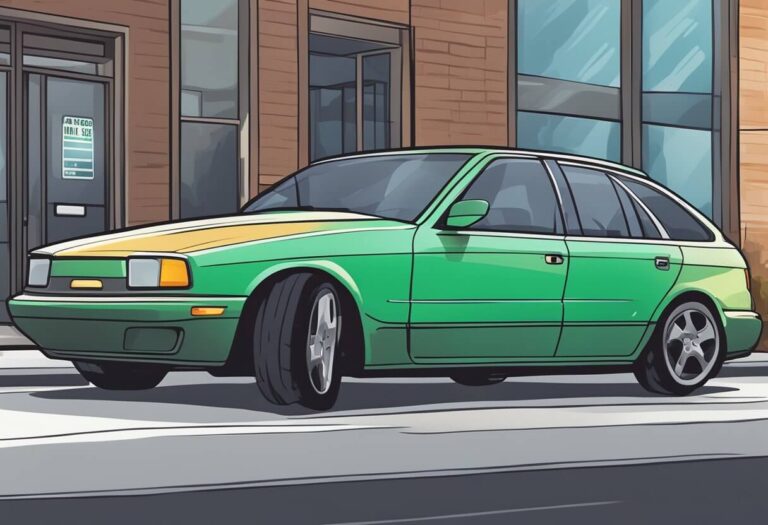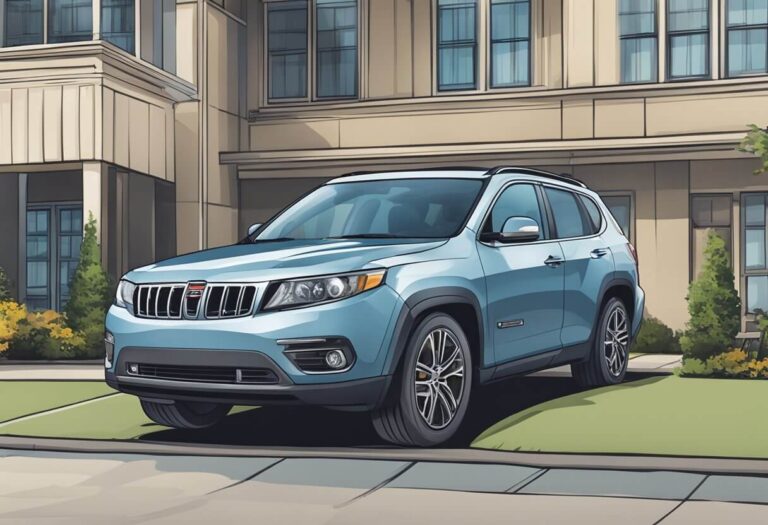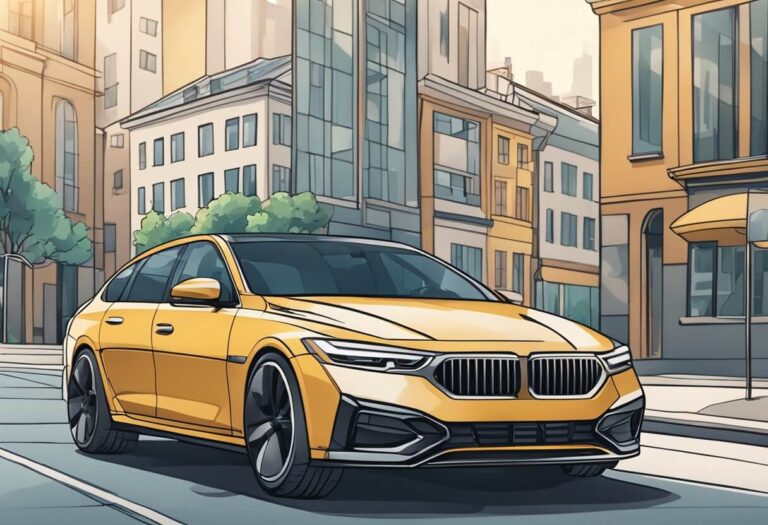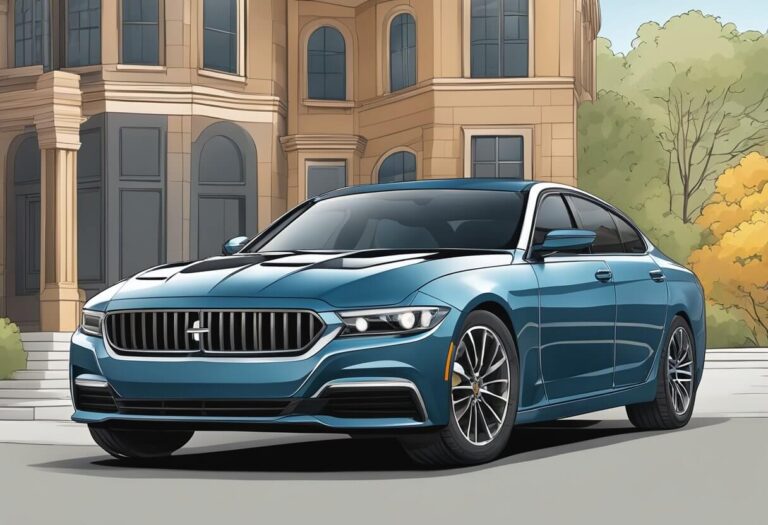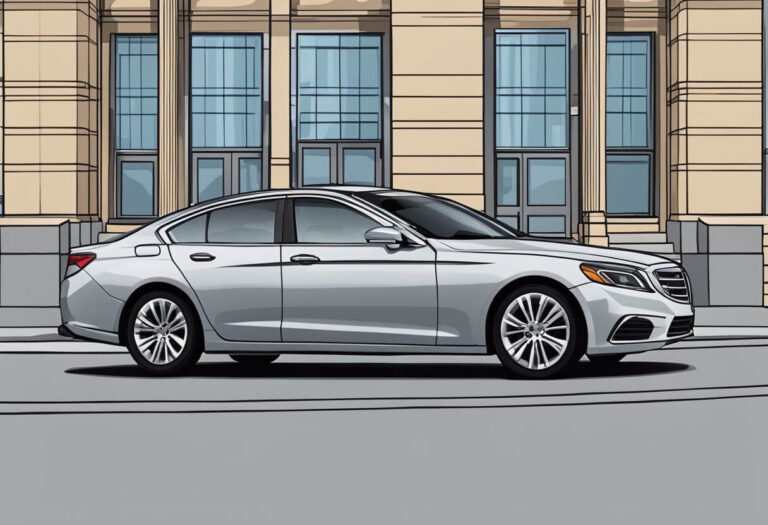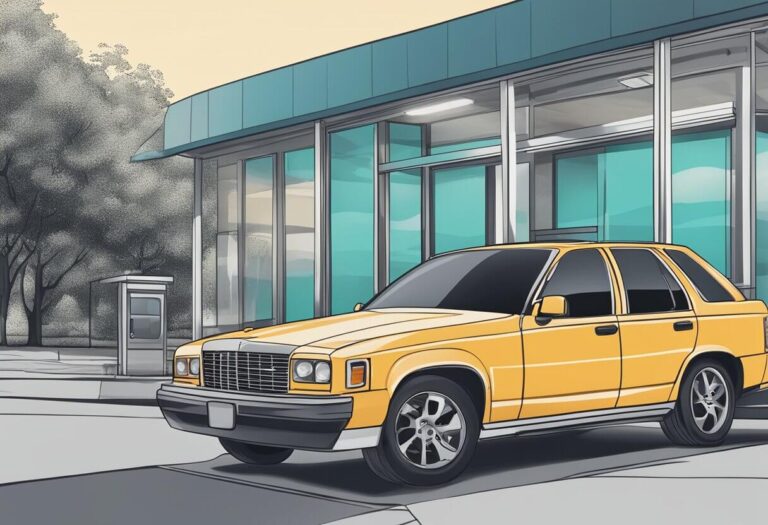Is 35% Window Tint Legal in New York? An In-Depth Guide
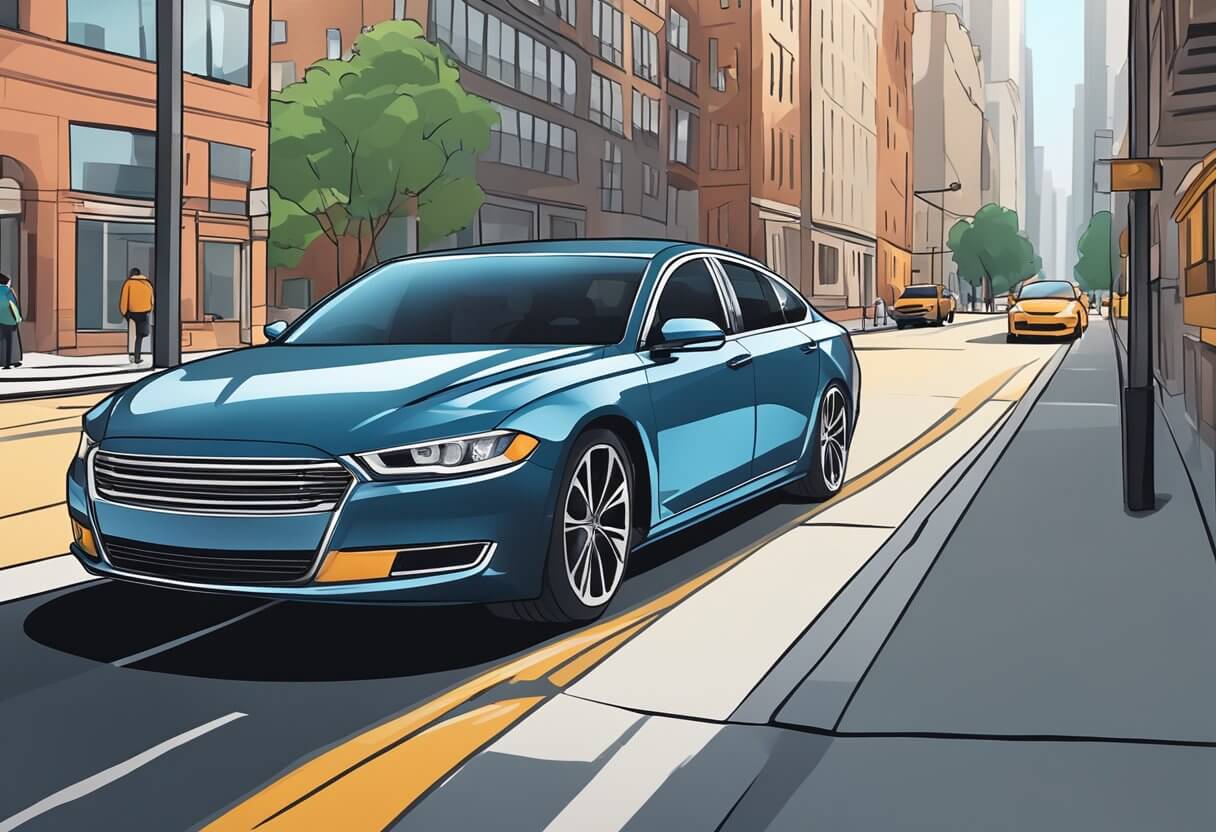
Driving down the streets of New York, you’ll likely notice many cars with tinted windows. Darker window tinting is increasingly popular for aesthetic preferences, privacy, and even health reasons like protecting skin from the sun’s UV rays. But how dark is too dark under New York legislation? The short answer is no – 35% window tint exceeds the Empire State’s legal limit of 30% tint darkness.
In this comprehensive guide, we will explore everything you need to know about window tint laws in New York, including:
- Calculating your car’s existing tint percentage
- Allowances and restrictions by window type
- Understanding visible light transmission (VLT)
- Penalties for non-compliant tint darkness
- Removing film safely and legally
- Qualifying for medical exemptions
- And more…
Understanding the ins and outs of New York’s window tint law ensures your vehicle has sufficient visibility and safety while avoiding fines. Let’s get to it!
What is Window Tinting & Why Do People Tint Car Windows?
Window tinting refers to applying a thin specialised film to the glass windows of a vehicle. This film or tint can be dyed, metallic, or ceramic in material – each offering unique benefits.
Some top reasons drivers use auto window tinting include:
- Blocking UV rays from sun exposure
- Reducing glare and eye strain
- Keeping the vehicle interior cooler
- Protecting privacy & valuables
- Improving aesthetics with custom looks
Additionally, the types of window tint can impact benefits. Metallic tints reflect light and heat, dyed tints absorb light, and ceramic tints block heat Infrared rays.
But with all these pros also comes increased restrictions. The darker the tint, measured by visible light allowed through, the more strictly regulated it becomes. This percentage balancing act is crucial for legality, which we will cover next.
Calculating the Exact Percentage of Your Car’s Window Tint
As mentioned, the level or darkness of any tinted window is determined by its Visible Light Transmission (VLT) percentage.
VLT measures the amount of external light that can penetrate through vehicle window film or glass. It is indicated by a percentage – so a 30% VLT film means 30% of incoming visible exterior light passes through it.
Lower VLT percentages indicate darker, more obstructed tint. This is why regulations impose VLT percentage limits, usually requiring a minimum of 20-30% VLT for front side windows especially.
When adding aftermarket tinting film over factory-installed glass, you must calculate the total VLT percentage to ensure compliance. Here is the simple formula:
Total VLT % = Factory Glass VLT % x Add-On Film VLT %
So if your car windows have:
- 70% factory VLT
- 35% tint film added
The total would be:
70% x 35% = 24.5% VLT
While the added film may be 35% VLT, when combined with the existing glass it equals an overall darker tint at 24.5% VLT.
This combined percentage must align with your state laws – which brings us to the regulations in New York.
An Overview of New York’s Window Tinting Laws and Regulations
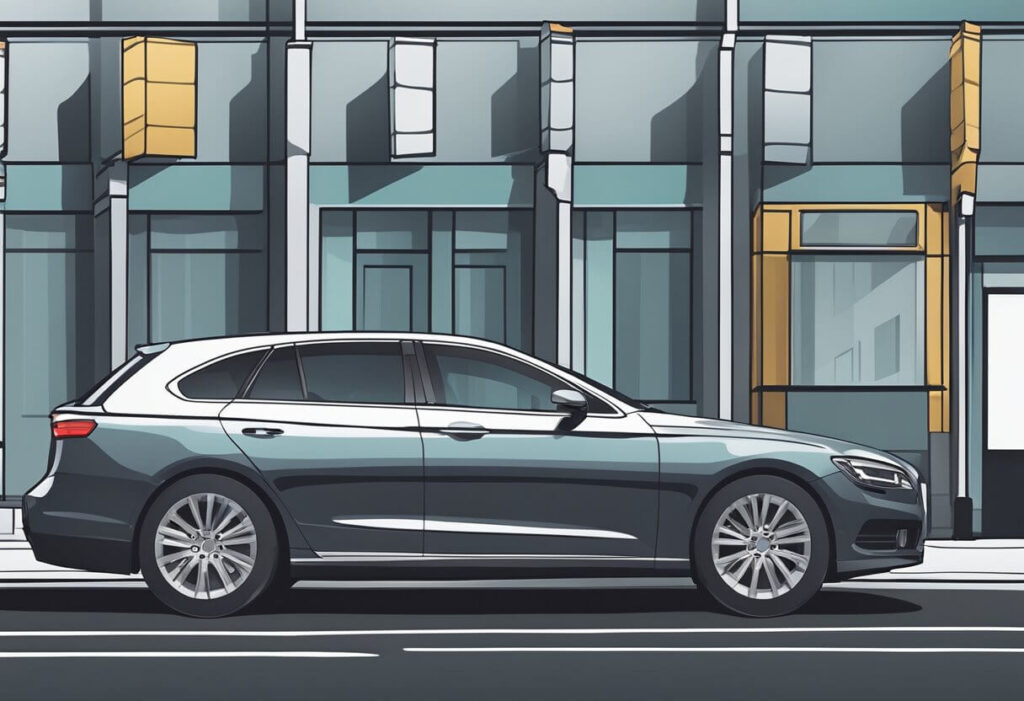
In New York, the tint law enforced by the DMV mandates visible light transmission minimums to ensure suitable visibility and safety.
Legal Tint Limit in New York:
The maximum tint legal limit across vehicle types is 30% VLT (meaning at least 70% external light transmittance).
This 30% VLT minimum applies to:
- Sedan front windshield
- Sedan front side windows
- Sedan rear side windows
- SUV/van front windshield
- SUV/van front side windows
So is 35 tint legal in NY? No, for these windows, 35% exceeds the darkest permissible New York tint laws by allowing too little external light penetration.
However, in sedans ONLY, if dual side mirrors are present, there is no darkness limit for the back window tint. For SUVs and vans, there are also no rear window tinting rules in New York.
Penalties for Violating New York Vehicle Tint Laws:
Failure to comply with the 30% minimum VLT can lead to:
- A fine of $150
- 2 points added to your license
- Mandated removal of noncompliant tint film
So it’s essential your existing or newly added car window tint film aligns with regulations.
Next let’s examine whether you may sneak by with slightly over the limit…

Is 35 Percent Window Tint Likely to Be Legal in New York?
Given the maximum darkness is 30% VLT, while 35% exceeds this, you may wonder if 5% darker would raise scrutiny.
The short answer is – you’re taking a significant risk of eventually getting flagged and ticketed. Here’s why:
While a 35% tint allows decent visibility during the day, as the sun sets it can become much harder to see inside the vehicle. Darker the tint, more pronounced this nighttime visibility reduction becomes.
And even during daylight, on cloudier days or in shaded areas, a 35% tint pushes the boundaries of being too obstructed.
For these reasons, while you may drive for some time without issues, eventually the 35% tint will likely catch law enforcement attention, whether during a traffic stop or safety inspection.
At that point, you’d receive a fine upwards of $150, be ordered to remove the excess tint, and potentially need to get windows re-inspected at your own cost.
Given the minimal effort of removing 5% excess film, avoiding potential tickets, and ensuring safety – it best to comply with the 30% legal limit.
How Dark Can Window Tint Legally Be in New York?
As covered earlier, the maximum legal tint darkness depends on your vehicle type and window positioning. Here is a recap of the darkest allowances:
Sedans:
- Front windshield: Must have over 70% VLT (non-reflective tint permitted on top 5 inches for sun glare reduction)
- Front side windows: Over 70% VLT required
- Back side windows: Over 70% VLT required
- Rear window: Any VLT % darkness allowed IF dual side mirrors present
So for sedans, the darkest legal tint with minimum visibility precautions is adding limo-style tint to the back window only, contingent upon exterior mirrors installed on each side.
SUVs and Vans:
- Front windshield: Must have over 70% VLT (non-reflective tint permitted on top 5 inches)
- Front side windows: Over 70% VLT required
- Back side windows: ANY darkness/VLT percentage allowed
- Rear window: ANY darkness/VLT percentage allowed
Given the extra cargo and passenger space in SUVs and vans, New York regulations permit extremely dark tinting on rearward windows to protect privacy and UV light. Just ensure at least 70% VLT maintained on driver and front passenger windows.
Are There Any Exceptions to New York’s Window Tint Laws?
The only exception within New York’s window tint law relates to medical waivers for special circumstances requiring darker tint, beyond the 30% VLT limit.
There are various medical conditions that can warrant an exemption, including:
- Chronic skin conditions provoked by sunlight
- Visual light sensitivity disorders
- Skin damage treatments like laser therapy
- And more
To legally obtain permission for darker tint in New York for medical reasons, you must complete an Application for Tinted Window Exemption (Form MV-80W).
This will require certification from a doctor or optometrist detailing the specific condition and duration of specialised tint needing to extend beyond normal darkness allowances.
If approved, you’ll receive a formal medical waiver exempting your vehicle from the 30% VLT rules. You’ll also get a special sticker to affix to your window indicating the tint exception.
This waiver program ensures those with legitimate medical needs can get required UV light protection and visibility aid without violating statewide mandates.
Removing Non-Compliant Window Tinting in New York
Discovering your existing car windows’ tinting is too dark under New York laws can be disappointing. But don’t worry – removing or replacing tint to meet legality is straightforward.
To remove tint film quickly, use a hairdryer on the highest setting. Hold it close to the glass and concentrate heat on one edge of the film while slowly pulling it off. The warmth softens the adhesive to make peeling easier.
For any leftover tint glue residue, create an equal mix of vinegar and water in a spray bottle. Mist it over the adhesive and let it soak for 2-3 minutes before wiping clean with a soft towel.
If needed for stubborn glue, carefully scrape spots with a plastic window scrape blade. Avoid digging glass itself and take care not to crack the window.
The final step is taking your newly untinted windows to get inspected for compliance. Or if you were ticketed, provide proof of legal clarity to the courthouse for ticket dismissal and eliminating any associated fines.
Then if desired, apply new aftermarket tint darkness within the 30% VLT New York limit. Or consider clear UV protection window films as an good road-legal alternative to dark messy tint.
Other New York Window Tint Rules and Regulations
Beyond maximum darkness allowances, New York State enforces a few other window tinting laws:
Reflective Tinting:
- No mirrored or metallic reflective tint permitted on windshields
- Permitted on side and rear windows contingent upon darkness/VLT percentage rules
Colored Tinting:
- No outright color prohibitions; all tint colors legal in New York
Certification and Labels:
- Window film manufacturers not obliged to certify tint darkness levels
- But once professionally installed, labeled stickers identifying the uppermost legal VLT percentages must be placed between each window’s film and glass
So if adding custom color or reflective sun protection films – ensure final visibility and external light transmittance abide by location regulations.
Understanding the Window Tint Law for Your Specific Vehicle
With so many variables on darkness limits depending on car type, mirror installations, passenger versus cargo vehicles, and window positioning – it can get confusing fast.
To make it easy, consult your vehicle owner’s manual for the factory glass VLT percentage. This is usually between 70-85% for most contemporary model cars, but can vary.
From there, reference the New York permissible percentages earlier in this article to choose compliant add-on films. Use the formula to calculate combined VLT.
And don’t hesitate to inquire with your local auto body shop for guidance or even contact the DMV directly to ensure you understand the regulations for your particular vehicle prior to installing tint.
The small effort to double check supersedes any potential infractions down the road.
Conclusion: Key Takeaways on New York Window Tint Laws
We’ve covered extensively that aftermarket window tinting film must permit suitable exterior visibility to meet safety and compliance rules set within New York State.
The specific takeaways to remember are:
- For all vehicles, the maximum legal limit is 30% VLT (meaning at least 70% light transmittance)
- 35% VLT window tint exceeds the darkest permissible tint in New York
- Sedans have tighter restricts on rear window tinting versus SUVs and vans
- Fines for non-compliant tint typically start at $150
- Removing poorly tinted windows prevents penalties
- Certain medical conditions warrant exceptions for darker tint
Ultimately, formulas can definitively calculate total light passage percentage of factory automobile glass paired with aftermarket films.
This empowers drivers to make informed decisions when adding legal UV protection accessories that don’t sacrifice critical road visibility or public safety.
We hope this all-encompassing guidelines gives you confidence to understand New York legislation and make suitable choices for your unique vehicle setup. Drive safely and in optimal health on the beautiful New York roadways.

